Internal club evening
The week we held an evening dedicated to creative and experimental photography, and talked about the images submitted for this session. With an evening operating under this remit, as expected we had a very broad spread of styles and approaches to the subject. This blog post will review those images seen where the author was present to explain their thinking in taking the picture, and its subsequent post processing.
The following images from the evening are presented in alphabetical order using the photographers first name.
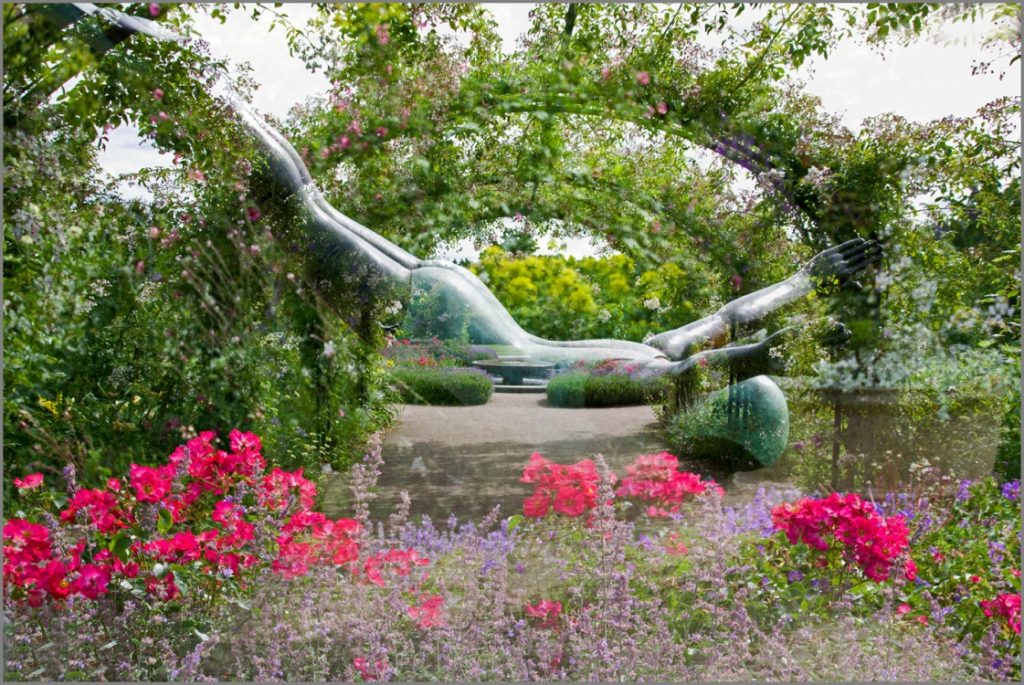
Alfred C presented his ‘Wisley diver’ and explained that this was a double exposure in camera. He went on to explain that his particular camera has this as an inbuilt function allowing multiple exposures running into the thousands. It can be challenging to control the final appearance of the image using this technique. He has submitted such pictures into competition in the past, but found that generally they are not well received by judges.
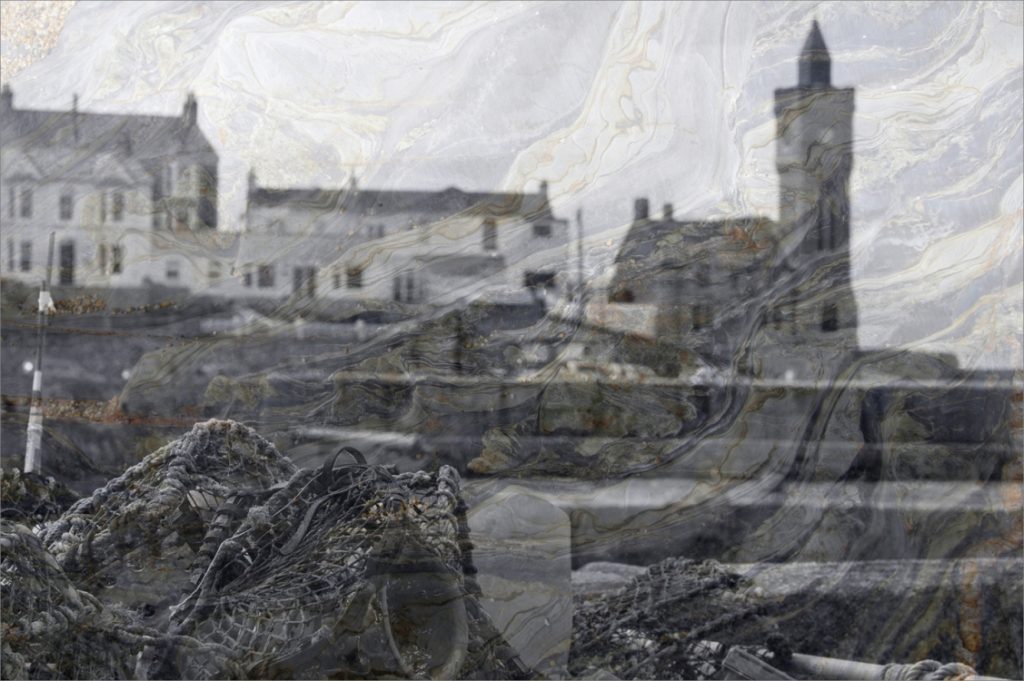
The next image from Alfred was ‘Texture layer’, an experiment on his part in overlaying a texture blend onto the image in post processing. Alfred feels that this can give interesting results, but it can be difficult to control the overall effect. This manipulation was partly inspired by the talk we received about a year ago from Elizabeth Jane Lazenby.
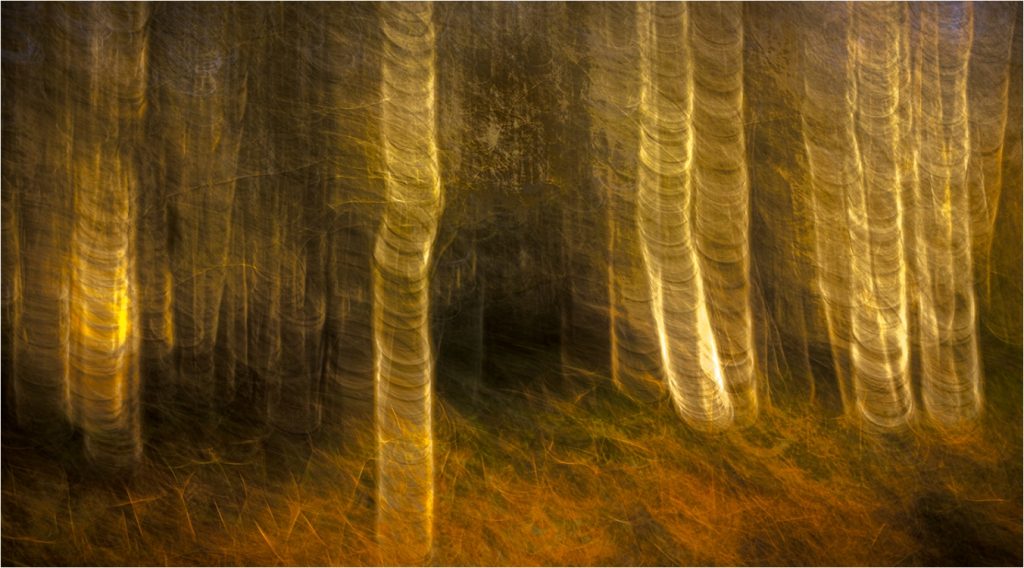
Brian C presented his ‘You spin me’ image, an example of Intentional Camera Movement (ICM) where very slight movement of the lens during a longer exposure resulted in an unusual and interesting image. Brian explained that ICM images can run into the hundreds at any one location, most of which are unsuccessful and are quickly discarded. Whilst this image is interesting, he is not at all certain that it could be replicated on another occasion.
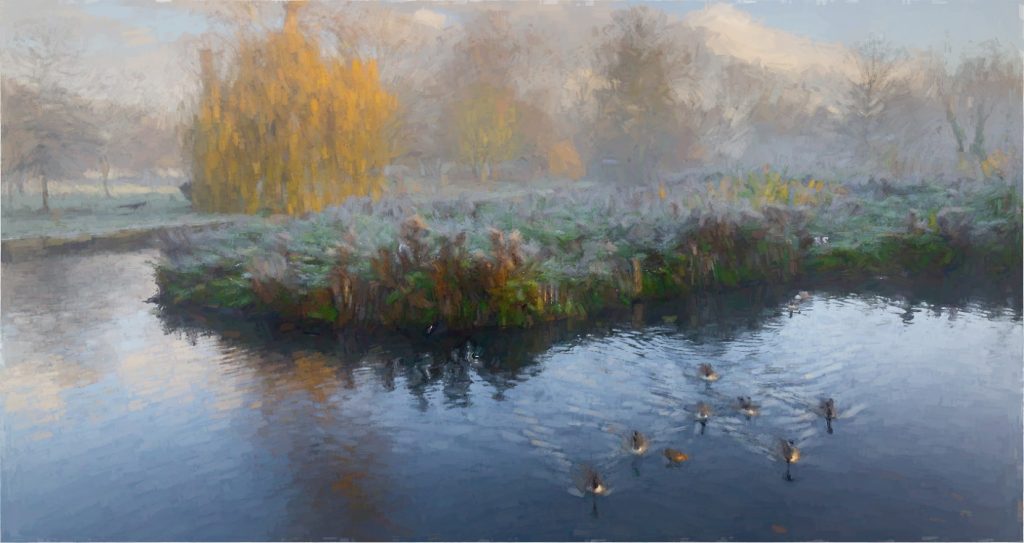
The next image from Brian was ‘Painted pond’. Brian explained that this effect was generated by a piece of Software called Topaz Studio 2 which he has had for some time but never used. The software generates a painterly effect when the adjustable brushes are passed across the image. This particular application has resulted in a very ethereal effect on the processed image.
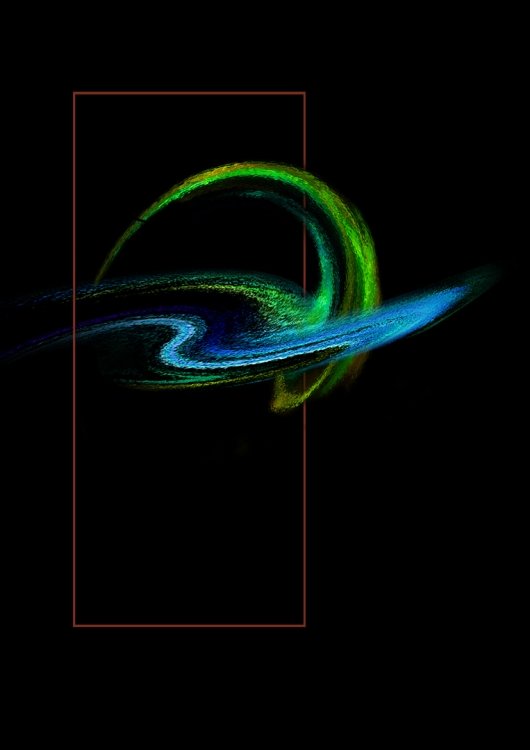
Dave S sent us a selection of different image manipulation techniques demonstrating the power of some post processing software in the right hands. His ‘Birth of the Blues’ image is strikingly effective and started out as a capture of an internally illuminated Chinese lantern. Many process stages later you would never see this source material in the final presentation. A very striking image.

And talking of striking images, the next up from Dave was ‘Alien’. He explained that the original capture was of a battery torch with masking to leave a fairly small hole over the lens. This was set swinging from a ceiling fixture with a camera lying on the floor looking upwards on a long exposure setting. The central image has been manipulated to change colours and consists of multiple images overlaid on each other, as well as mirrored about the midline. The background layer is a zoomed ICM exposure of a plant in the garden.
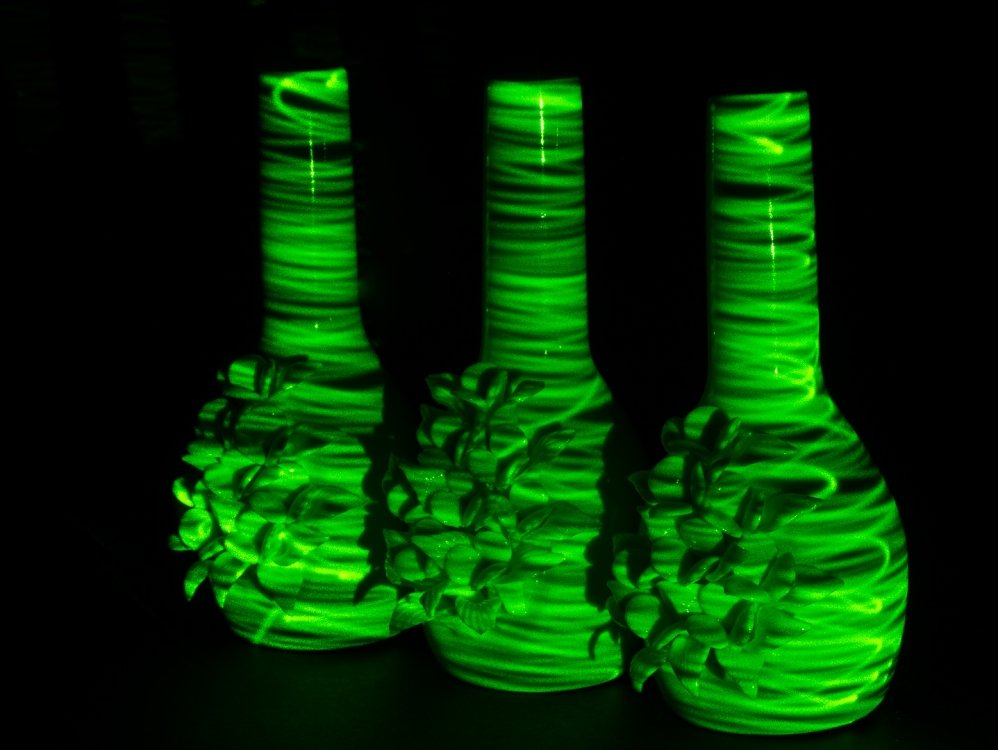
David A sent in ‘Green laser pen on white glazed vases’ which was produced using a long exposure in a dark room using a laser pointer flicking repeatedly across the vases and producing the effect seen. The vases were positioned well clear of the background walls so nothing behind was illuminated.
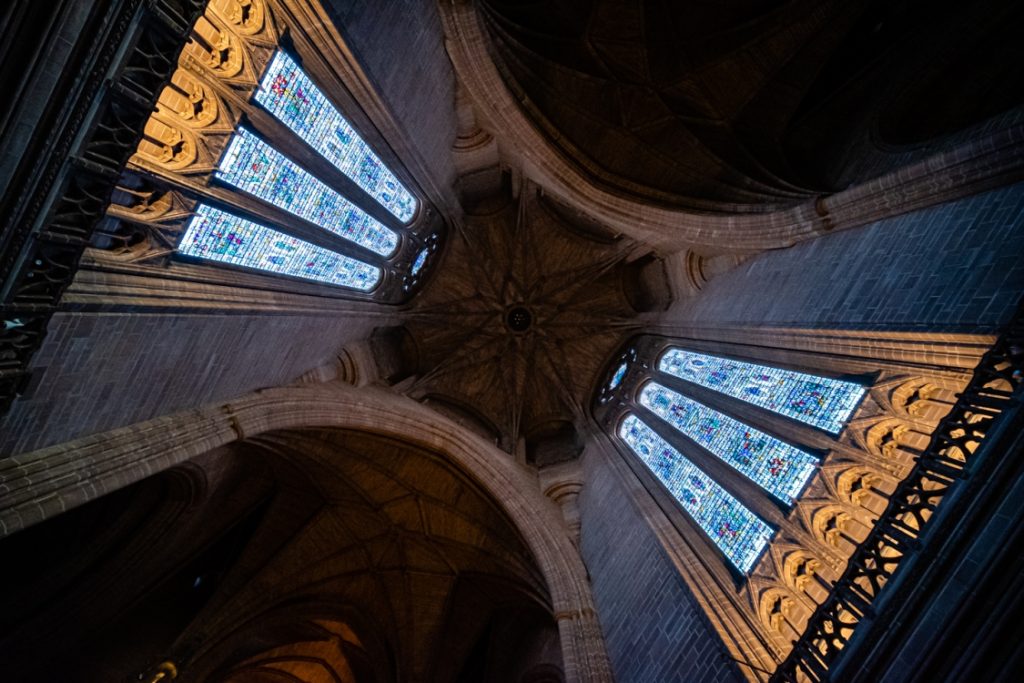
Next up from David was ‘Cathedral’ taken using a phone app with a 9mm lens setting. The phone was lying on the floor and was remotely triggered. The image was almost 3 stops underexposed to preserve highlights, and then finished in post processing.

Mark B sent us his image ‘Poppies’, another example of ICM which Mark described as a wobble to the camera. Another image with a very ethereal effect, but generated via a different route.
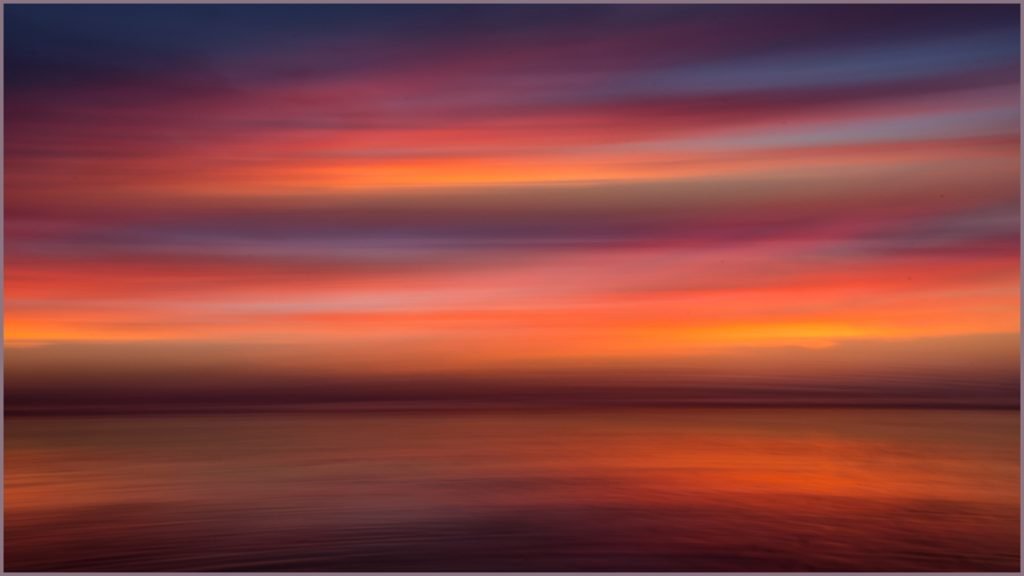
Mark also sent us his image titled ‘Sunset’. A further sample of ICM, but this time using a horizontal sweeping motion during the exposure. A startlingly impactful image although no part of it clearly in focus.
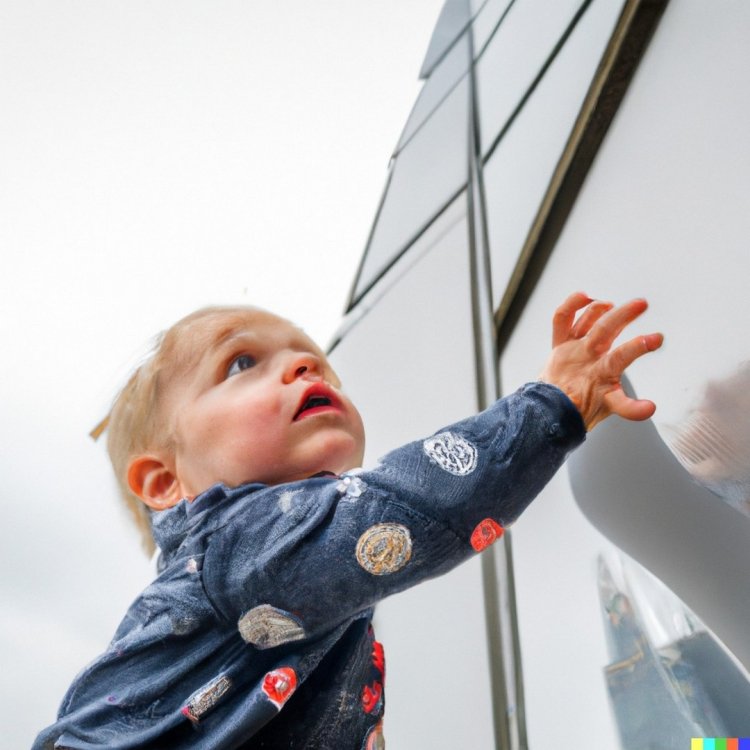
Our last contributions during the evening were from Philip R, all of whose images were generated by artificial intelligence software to meet a prose description sent in by Philip. So no part of these images is actually a real photograph. The first of these is ‘Toddler climbing The Shard’, and shows just that. Remarkable that software can produce this image from just a few words – one cannot help but wonder where such AI generated narratives might take us in the future. Not sure about that hand!

Phillip’s next image ‘The photographers’ church’ was again generated by AI, where he asked the software to give him an image of a photographer incorporated into a stained glass window. The result is again very competent and effective considering the source, and certainly meets the requirements of our evening of experimental photography
Overall then, an enjoyable evening of explanation and discussion about members’ images, with a wide variety of pictures to look at and enjoy. Pictures from the surreal to artificial, with every point between, were presented for our entertainment.

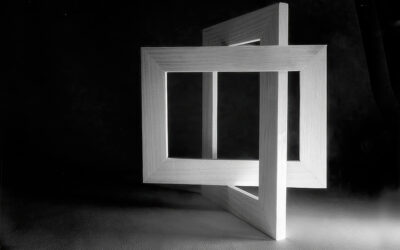

0 Comments